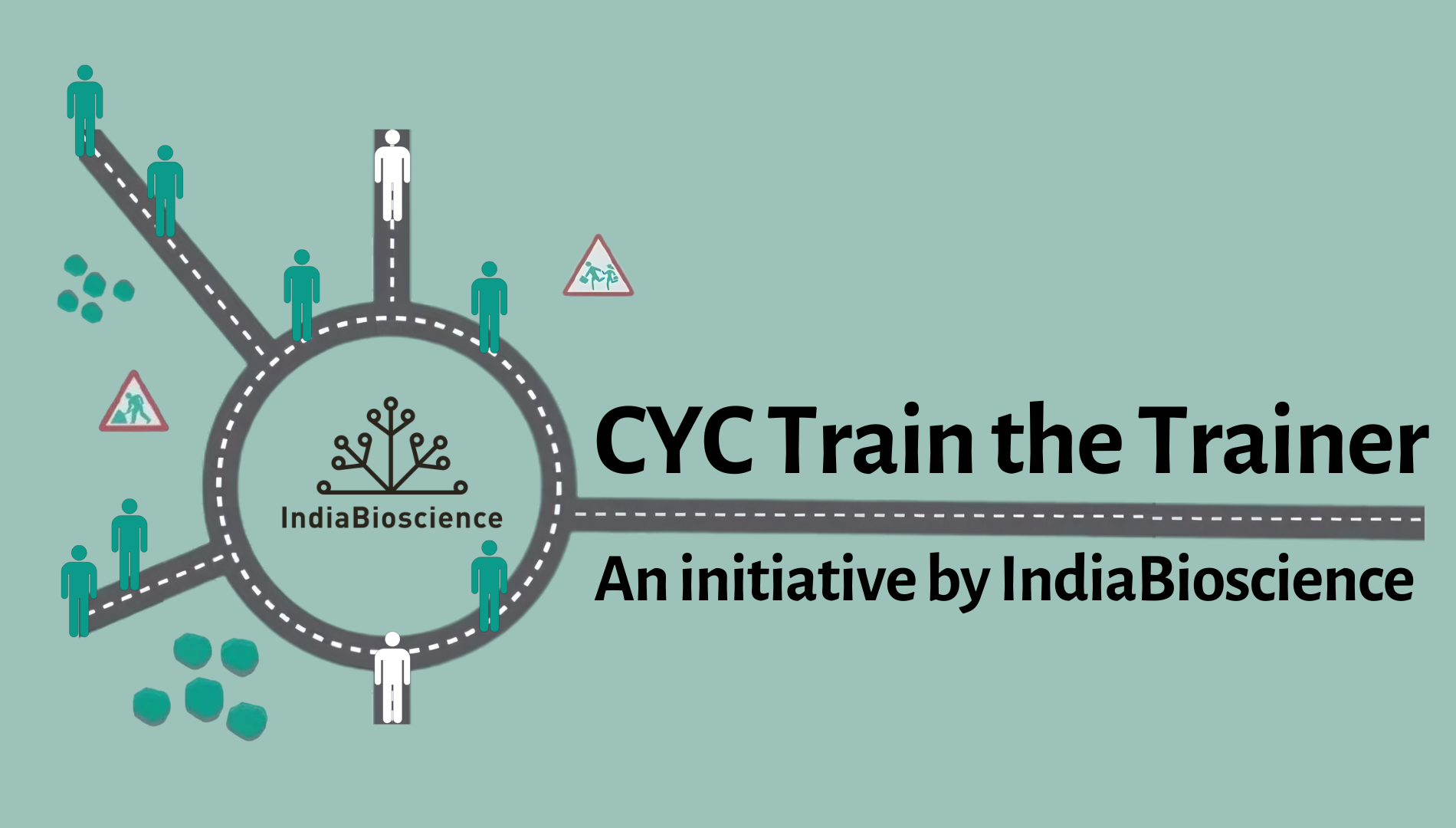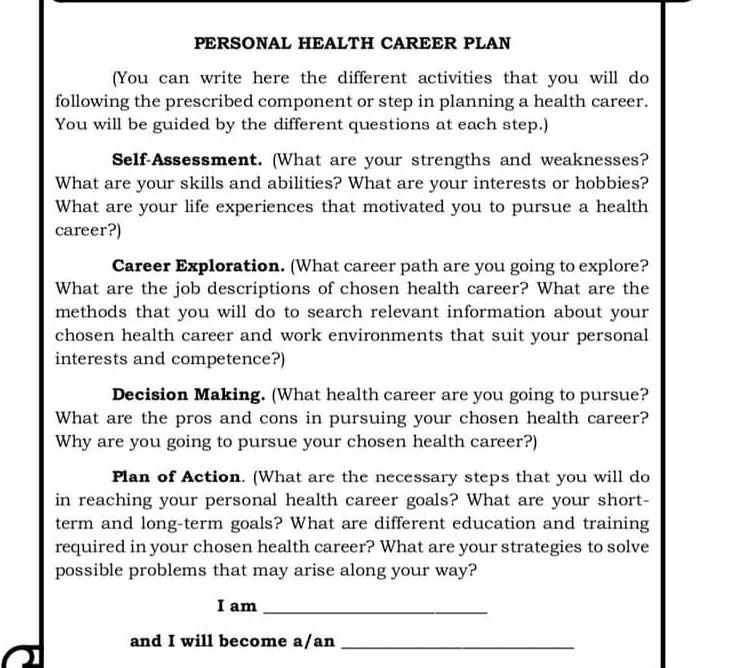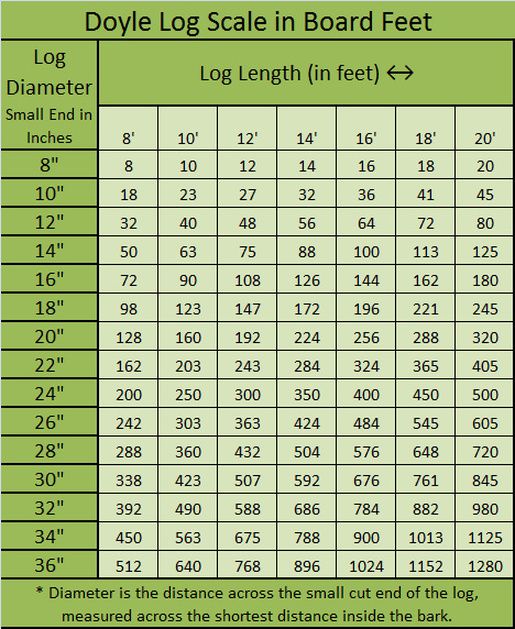How to Craft Your Career Plan in 5 Simple Steps

Crafting a well-defined career plan is an essential step towards achieving your professional goals and ensuring a fulfilling and successful career journey. In today's dynamic job market, having a clear roadmap can help you stay focused, make informed decisions, and adapt to the ever-changing landscape of industries and job roles. This article will guide you through a structured process, breaking down the complexities of career planning into five simple steps. By following these steps, you can take control of your career, set realistic goals, and pave the way for a bright and rewarding future.
Step 1: Self-Assessment and Discovery

The foundation of any effective career plan lies in understanding yourself—your skills, interests, values, and aspirations. This step involves a deep introspection and exploration of your unique qualities and how they align with various career paths.
Assessing Your Skills and Talents
Begin by identifying your core strengths and weaknesses. Evaluate your technical skills, such as proficiency in programming languages or design software, and soft skills like communication, leadership, or problem-solving abilities. Consider taking skill assessment tests or seeking feedback from colleagues or mentors to gain a comprehensive understanding of your skill set.
Here's a table highlighting some common skills and their relevance in different career paths:
| Skill | Relevance in Careers |
|---|---|
| Communication | Essential for roles in marketing, customer service, and management. |
| Analytical Thinking | Crucial for data-driven professions like data science and market research. |
| Creativity | Highly valued in fields like graphic design, writing, and innovation. |
| Technical Proficiency | Indispensable for IT professionals, engineers, and developers. |

Exploring Your Interests and Values
Your interests and values are the driving forces behind your career choices. Reflect on the activities and subjects that captivate your attention and align with your personal beliefs. Consider volunteering or taking up short-term projects to explore potential career paths and gauge your level of engagement.
For instance, if you have a passion for sustainability and environmental conservation, you might consider careers in environmental science, renewable energy, or sustainable business practices.
Self-Discovery Tools
Utilize career assessment tools and personality tests to gain deeper insights. These tools can help you identify your work-related preferences, strengths, and potential career matches. Some popular options include the Myers-Briggs Type Indicator (MBTI), the Strong Interest Inventory, and the Holland Codes assessment.
Step 2: Research and Exploration

With a clearer understanding of yourself, it’s time to explore the vast world of career options. This step involves researching different industries, job roles, and the qualifications and skills required for each.
Industry and Job Market Research
Dive into the job market and industry trends. Stay updated on the latest developments, emerging technologies, and shifting demands in various sectors. Identify industries that are experiencing growth and offer opportunities aligned with your skills and interests.
For example, if you have a background in computer science and an interest in healthcare, you might explore career paths in medical technology, healthcare informatics, or bioinformatics.
Identifying Potential Career Paths
Based on your self-assessment, identify 3-5 career paths that resonate with your skills, interests, and values. Consider the long-term prospects, job satisfaction, and personal growth opportunities within these fields.
Some popular career paths to explore include:
- Software Development
- Data Analysis and Science
- Marketing and Communications
- Project Management
- Human Resources and Talent Acquisition
Education and Skill Development
Research the educational requirements and skill sets needed for your chosen career paths. Identify the certifications, degrees, or specialized training that can enhance your employability and set you apart from other candidates.
For instance, if you're interested in data science, consider pursuing a degree in data analytics or gaining certifications in popular data analysis tools like Python, R, or Tableau.
Step 3: Setting Realistic Goals
Now that you’ve explored various career paths, it’s time to set specific and achievable goals. This step involves defining your short-term and long-term objectives, ensuring they are realistic and aligned with your aspirations.
Short-Term Goals
Short-term goals are milestones you aim to achieve within the next 6-12 months. These goals should be specific, measurable, attainable, relevant, and time-bound (SMART). For example, if you’re interested in a career in marketing, a short-term goal could be to complete a digital marketing certification program within the next 6 months.
Long-Term Goals
Long-term goals are the vision for your career over the next 3-5 years or more. These goals should be ambitious yet realistic. For instance, your long-term goal might be to become a marketing manager at a leading tech company within 5 years, requiring a combination of experience, skills, and networking.
Creating a Timeline
Develop a timeline that outlines the sequence of steps needed to achieve your goals. Break down your long-term goals into smaller, manageable tasks, and assign realistic deadlines. This timeline will serve as your roadmap and help you stay focused and motivated.
For example, if your long-term goal is to become a software engineer, your timeline might include steps like completing a coding bootcamp, gaining hands-on experience through internships or freelance projects, and building a portfolio of work.
Step 4: Action and Implementation
With your goals set, it’s time to take action and implement your career plan. This step involves making the necessary moves to progress towards your short-term and long-term objectives.
Education and Skill Acquisition
If your career plan requires additional education or skill development, take the necessary steps to enroll in courses, pursue certifications, or attend workshops. Invest in your growth and stay committed to continuous learning.
Networking and Building Connections
Networking is a powerful tool for career advancement. Attend industry events, join professional associations, and leverage online platforms to connect with professionals in your desired field. Building a strong network can open doors to new opportunities and provide valuable insights.
Seeking Mentorship
Consider finding a mentor who can guide and support you throughout your career journey. A mentor can offer valuable advice, share their experiences, and help you navigate challenges. Look for mentors within your industry or reach out to professionals you admire.
Gaining Experience
Seek out opportunities to gain practical experience. This could include internships, part-time jobs, freelance work, or volunteering. Experiential learning is crucial for developing your skills and building a strong professional reputation.
Step 5: Evaluation and Adaptation

As you progress through your career plan, it’s essential to regularly evaluate your progress and make necessary adjustments. This step ensures that you stay on track and adapt to any changes or unforeseen circumstances.
Progress Tracking
Establish a system for tracking your progress towards your short-term and long-term goals. Review your timeline and assess whether you’re meeting your deadlines and milestones. Celebrate your achievements and identify areas where you may need to refocus your efforts.
Staying Agile and Adaptable
The job market is dynamic, and industries can evolve rapidly. Stay updated on industry trends and be prepared to adapt your career plan as needed. This could involve acquiring new skills, exploring alternative career paths, or shifting your focus to emerging opportunities.
Continuous Learning and Development
Make a commitment to continuous learning and personal growth. Stay curious, explore new ideas, and embrace challenges. Attend webinars, read industry publications, and engage in professional development activities to enhance your skills and knowledge.
How often should I review and update my career plan?
+It’s recommended to review your career plan at least annually, or whenever significant changes occur in your industry or personal circumstances. Regular reviews allow you to stay aligned with your goals and make necessary adjustments.
What if I’m unsure about my long-term career goals?
+It’s common to feel uncertain about long-term goals, especially when exploring new career paths. Focus on setting achievable short-term goals and gaining experience. As you progress, your long-term goals may become clearer.
How can I stand out in a competitive job market?
+To stand out, focus on developing a unique skill set, gaining practical experience, and building a strong professional network. Showcase your achievements and demonstrate your passion and commitment to your chosen career path.
What if I need to change my career plan mid-way through my journey?
+It’s perfectly normal to adjust your career plan as you gain new insights and experiences. Embrace the change, reassess your goals, and make the necessary adjustments to stay aligned with your aspirations and the evolving job market.



